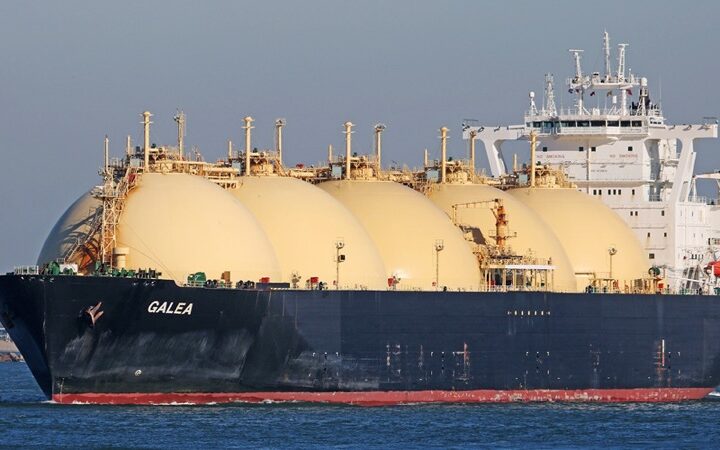.
By Antonis Loizou F.R.I.C.S. – Antonis Loizou & Associates Ltd – Real Estate Valuers & Estate Agents
There are several reports regarding soil subsidence at various locations and the recent reports refer mainly to Armou village and certain other locations.
I have noticed some heartbreaking cases where people place all their savings to buy a house, only to find out later, that the house/pool/retaining walls, etc. are moving, in some cases causing the house to become unlivable. So, who is to blame for this?
The procedure in order to secure a building permit is as follows:
· – There should be a soil investigation by the design civil engineer or a specialised firm.
· – Based on this, the civil engineer should take care of this and adapt his design accordingly.
· – During construction the private civil engineer should supervise the design of the civil works based on his design.
· – The civil engineer and the architect of the project should supervise in order to make sure that the construction is according to the plans and without any deviations.
· – The local authority that issues the building permit should supervise to an extent the works and not come at a later stage to claim otherwise, whereas the structure design is subject to its approval.
· – The developer, who may not be the prime party to supervise, might bear some responsibility, but this is debatable.
· – The certificate of final approval (which records that the works are okay) which is issued by the authority after checking is also partly responsible.
So, along this long line of work who is to blame at the end since the buyer is the last one to blame (unless he caused himself any interventions in the execution – which is not unknown).
It is evident that on some occasions the required procedure is not followed or, even worse, the various professionals and authorities claim no responsibility if there is a problem. In a recent case, the Government had somewhat adopted some responsibility, but I wonder if this is correct and whether the Government should sue the consultants and the authorities for not doing their job.
Settlements and bad construction quality is evident in many projects, but to the extent that we report is something else. It is logical that a development for a new building will bear some sort of settlement and this is not unreasonable, at least after 12-24 months of delivery and also for cracks, etc.
It is a mess all along, the way everybody is pointing the finger to others and it is not unlike what is happening in other countries with similar circumstances may happen here as well (see Spain where a whole project is sliding towards the sea).
We need to become more professional in our work for development in order to avoid this sort of situation. The Government in a more recent effort produced some sort of geological plans indicating where there is a possible danger, but these plans are isolated and not detailed. It is an indication, however, that special care is needed in such areas.
The problem is, if the required repairs are not carried out immediately, the situation might get worse, causing the building to become beyond repair – Having said that, any repair regarding soil subsidence and its side effects are costly, whereas if a “project” has such a problem, it will be very difficult to sell afterwards, making the financial situation of the buyer even worse.







